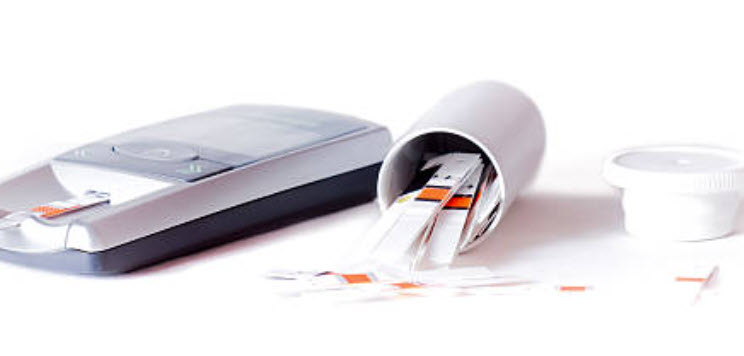Introduction
Glucose test strips are an essential tool for people living with diabetes to manage their blood sugar levels. These small strips are used with a blood glucose meter to measure the level of glucose in a person’s blood. This information helps people with diabetes to make informed decisions about their diet, exercise, and medication, to keep their blood sugar levels within a healthy range.
In this article, we will discuss what glucose test strips are, how they work, the cost of test strips, expired strips, and frequently asked questions.
What are Glucose Test Strips?
Glucose test strips are small, disposable strips that are used with a blood glucose meter to measure the level of glucose in a person’s blood. They are made up of several layers, including a layer of chemicals that reacts with glucose in the blood to produce an electrical current. The electrical current is then measured by the glucose meter and displayed as a blood sugar reading.
There are many different types of glucose test strips available on the market, each with their own unique features and specifications. Some strips require a larger sample of blood than others, while some are designed to work with specific brands of glucose meters.
How Do Glucose Test Strips Work?
Glucose test strips work by using a chemical reaction to measure the level of glucose in a person’s blood. The strips are made up of several layers, including a layer of chemicals that react with glucose in the blood.
To use a glucose test strip, a person pricks their finger with a lancet to draw a small amount of blood. They then place the blood sample onto the test strip, which contains the chemical reaction layer. The chemicals in the strip react with the glucose in the blood, producing an electrical current.
The glucose meter measures the electrical current produced by the chemical reaction and displays it as a blood sugar reading on the meter’s screen. The reading can be used to determine whether a person’s blood sugar level is within a healthy range or whether they need to take steps to bring their blood sugar levels back under control.
The Cost of Glucose Test Strips:
The cost of glucose test strips can vary widely, depending on the brand and type of strips a person uses. Some brands of test strips are more expensive than others, and some types of strips require more frequent testing than others, which can increase the overall cost of testing.
In addition to the cost of the strips themselves, people with diabetes also need to factor in the cost of a blood glucose meter. While some meters come with a few test strips included, most people with diabetes will need to purchase additional strips to keep up with their testing schedule.
Many insurance plans will cover the cost of glucose test strips, but the amount of coverage can vary widely depending on the plan. Some plans may require a person to meet a deductible or pay a co-pay before coverage kicks in, while others may cover the full cost of testing supplies.
Expired Test Strips:
Expired glucose test strips can produce inaccurate readings, which can be dangerous for people with diabetes. Over time, the chemicals in the strips can break down or become less effective, leading to incorrect readings.
To ensure the accuracy of their blood sugar readings, people with diabetes should always check the expiration date on their test strips before using them. If a strip is expired or damaged, it should be discarded and replaced with a new one.
Frequently Asked Questions:
Q: How often should I test my blood sugar?
A: The frequency of blood sugar testing can vary depending on a person’s individual needs and the recommendations of their healthcare provider. Some people may need to test their blood sugar several times a day, while others may only need to test a few times a week.
Q: How accurate are glucose test strips?
A: Glucose test strips can be highly accurate when used properly. However, there are many factors that can affect the accuracy of a blood sugar reading, including expired or damaged test strips, user error, and certain medications or health conditions.
Q: Can I reuse glucose test strips?
A: No, glucose test strips are designed for single-use only and should be discarded after each use.
Q: How do I properly store my glucose test strips?
A: Glucose test strips should be stored in a cool, dry place away from direct sunlight and humidity. They should also be kept in their original packaging until ready to use.
Q: Can I use different brands of glucose test strips with my meter?
A: While some glucose meters are designed to work with specific brands of test strips, many meters are compatible with a range of different brands. However, it’s important to check the compatibility of your meter with a particular brand of test strips before using them to ensure accurate readings.
Conclusion:
In conclusion, glucose test strips are an essential tool for people with diabetes to monitor their blood sugar levels and manage their condition. While the cost of test strips can vary widely, they are often covered by insurance and should be stored properly to ensure accurate readings. People with diabetes should work closely with their healthcare provider to develop an individualized testing schedule and ensure that they are using their glucose test strips properly.
